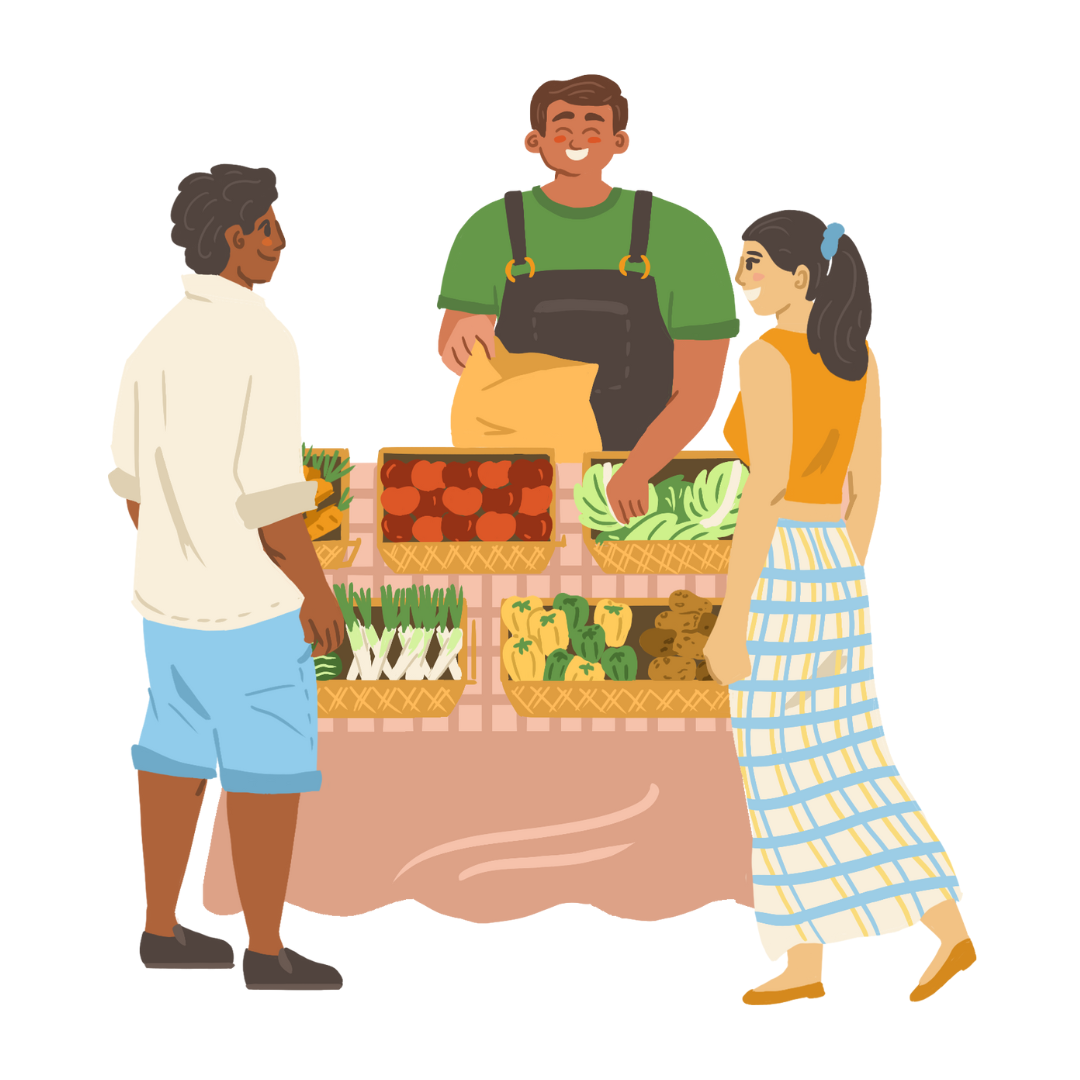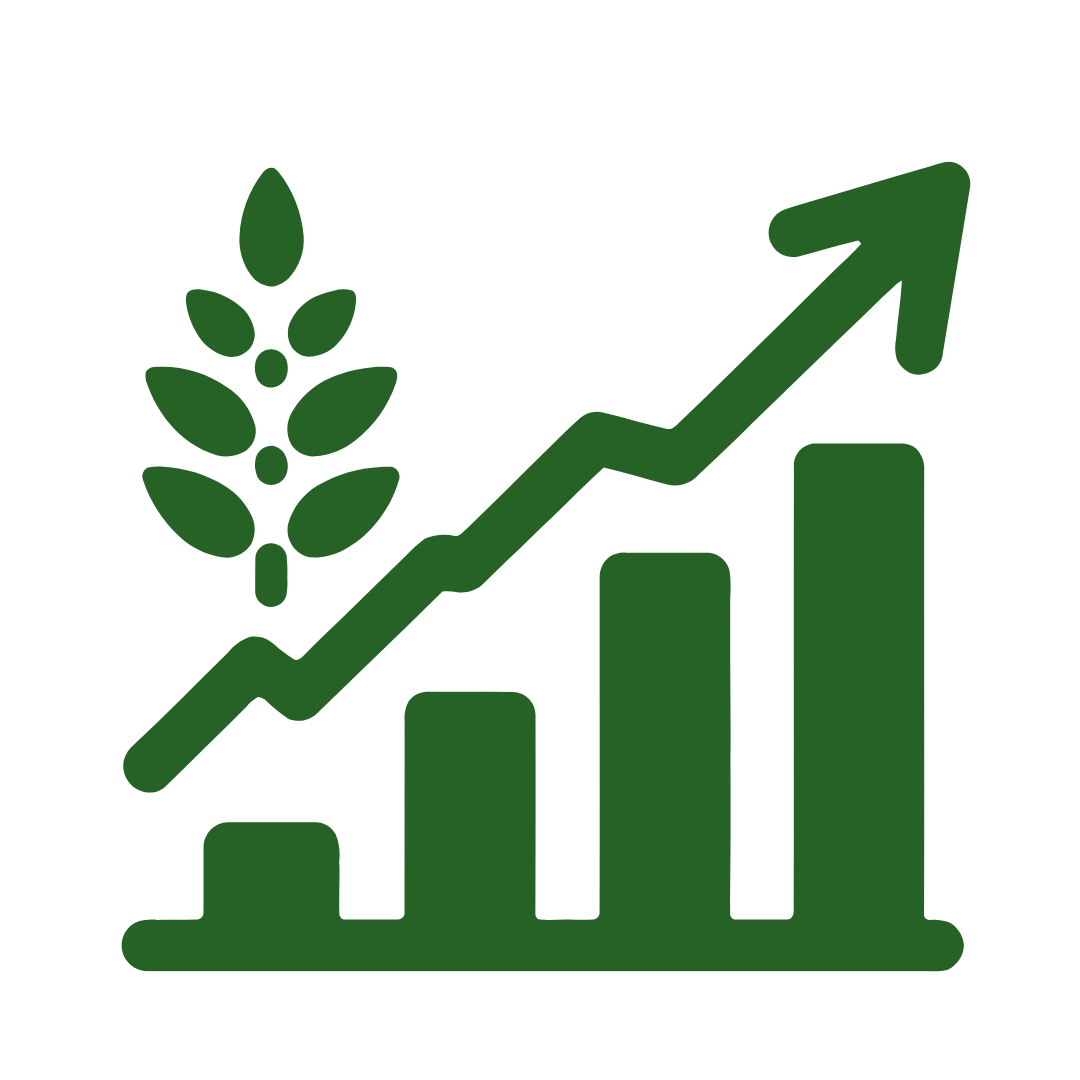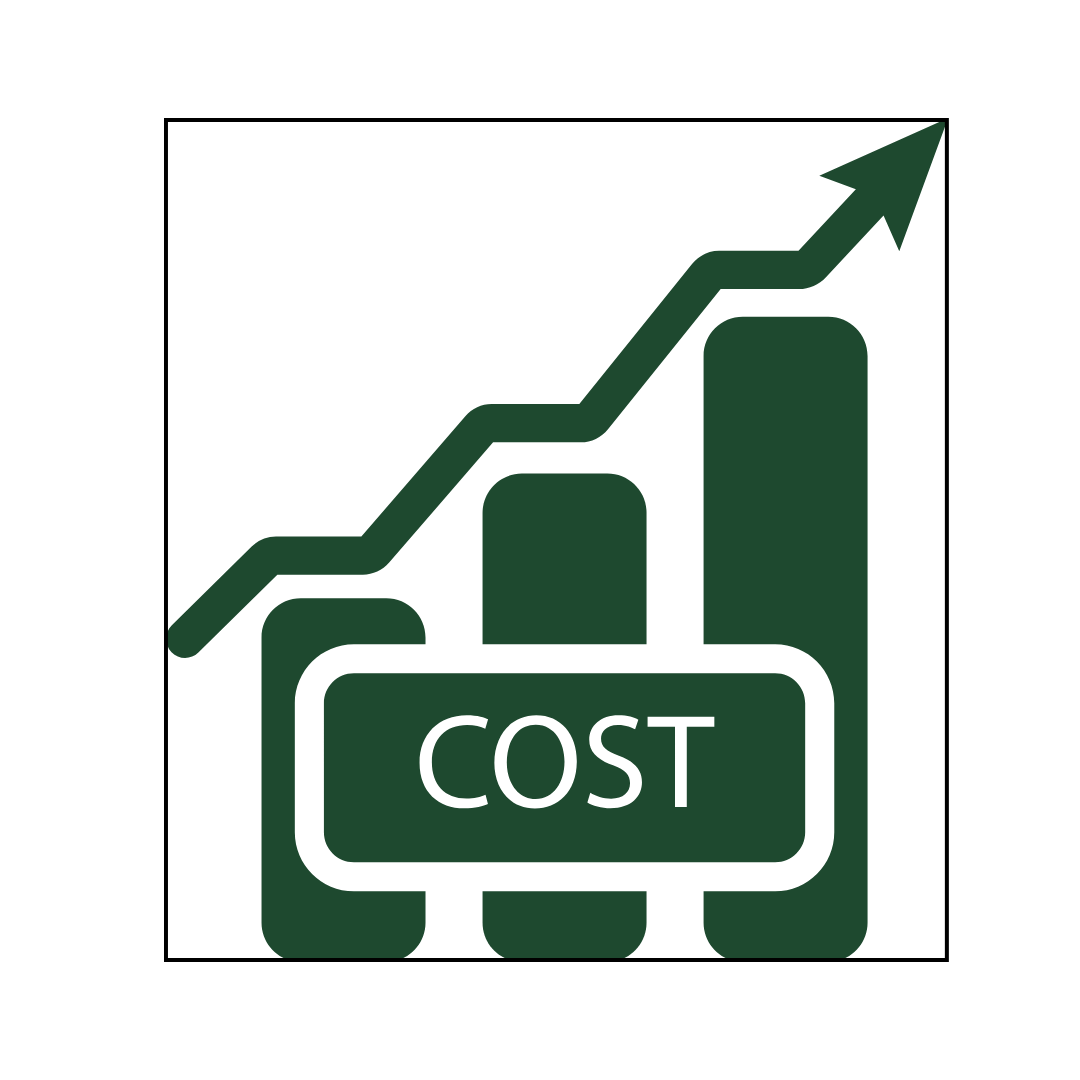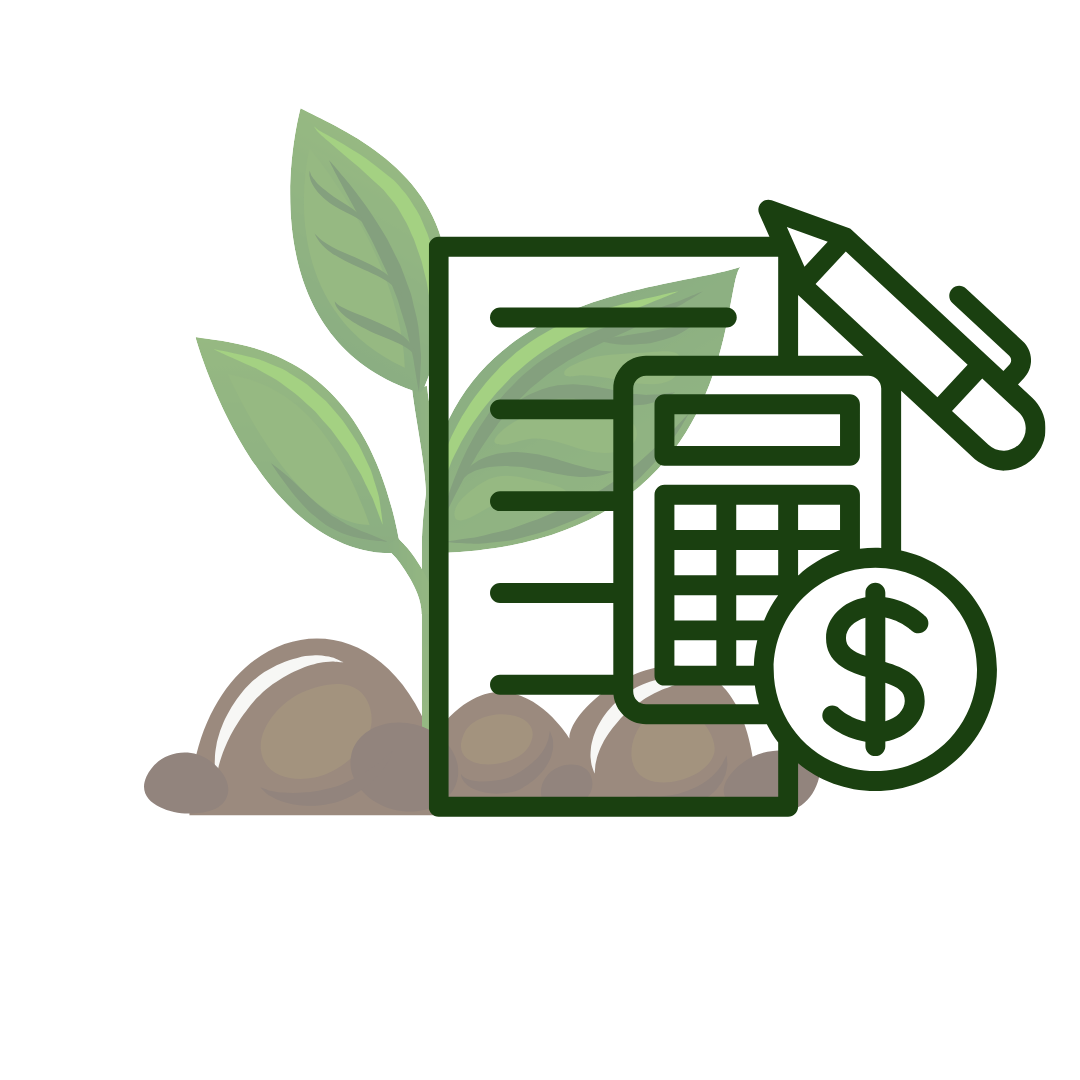What is Value-Added Agriculture?
Value-added agriculture is when farmers take raw agricultural products and enhance their value by processing, packaging, or offering them in a new way.

For example, instead of selling raw tomatoes, a farmer might make tomato sauce or salsa, which can then be sold at a higher price. The idea is to give customers something extra that justifies a higher price and increases the profit for farmers.
This concept is not new, but it’s becoming more popular as farmers look for ways to increase their income without expanding their land or working more hours.
By creating products that customers want and are willing to pay more for, farmers can improve their bottom line while making the most of what they already grow or raise.
Why is Value-Added Agriculture Important?
In many regions, small farmers struggle to make enough money from selling their crops and livestock at market prices. With fluctuating commodity prices and rising costs, traditional farming methods might not always provide a steady income.

Value-added agriculture offers a way to break free from this cycle by allowing farmers to create products that are in higher demand and can sell for more money.
This approach also helps farmers diversify their sources of income. Instead of relying solely on the sale of raw crops or livestock, farmers can create multiple income streams by offering processed goods, direct-to-consumer sales, or even agritourism experiences.
Diversifying income in this way can make farming more sustainable and less risky in the long run.
How Does Value-Added Agriculture Work?
The basic idea behind value-added agriculture is simple: farmers add extra value to their products before they sell them. This can be done in a variety of ways, such as:

- Processing: Turning raw products into a more refined or usable form. Examples include turning milk into cheese, wheat into flour, or fruit into jam.
- Packaging: Attractive or convenient packaging can increase the perceived value of a product. For instance, selling salad greens in a ready-to-eat bag or offering pre-cut fruits.
- Branding: Establishing a strong brand or story around the product can allow farmers to charge more. Organic certification, locally sourced, or sustainably farmed products are examples of branding that can attract customers willing to pay a premium.
- Offering Services: Agritourism, such as farm tours, u-pick fields, or farm-to-table events, adds value to the farming experience and can be an additional source of income.
Each of these methods adds value to what the farmer is already producing and can increase the price that customers are willing to pay.
The Economics Behind Value-Added Agriculture
Value-added agriculture can have a significant impact on a farm’s economics. The primary goal is to boost profitability, but it’s important to understand both the potential benefits and the challenges.

1. Increased Revenue
One of the biggest economic benefits of value-added agriculture is the ability to charge more for products. Since you’re offering something more than just raw materials, customers are usually willing to pay a higher price.
For example, a jar of homemade salsa will typically sell for more than a few raw tomatoes, even though they are made from the same base ingredients.

This extra revenue can make a big difference, especially for small or mid-sized farms that are struggling with low commodity prices.
2. Market Differentiation
By adding value to products, farmers can differentiate themselves from others in the marketplace. This is especially important in crowded markets where multiple farmers might be selling the same raw product.
Value-added goods stand out because they offer something unique—whether it’s a better story, packaging, or product.
Differentiation helps farmers attract more customers and develop loyalty, leading to higher sales over time.
3. Cost Considerations
While value-added agriculture can increase revenue, it’s also important to understand that it can come with higher costs. Processing, packaging, and marketing all require investments of time, money, and resources.

For example, turning milk into cheese requires equipment, skilled labor, and additional time to process and age the product.
Similarly, creating a brand and marketing products takes time and effort, and may require hiring experts. Farmers need to carefully calculate these costs to ensure that the added value is worth the extra expense.
4. Labor and Time
Many value-added activities require more labor and time than traditional farming. Farmers who process their own products may need to hire additional workers or spend more time in the kitchen or workshop.
This can be a challenge, especially during busy growing seasons. Farmers need to balance their time between growing crops, caring for animals, and managing value-added activities.
Examples of Value-Added Agriculture
To better understand the concept, here are some real-world examples of value-added agriculture:

- Jam and Jellies: Farmers with fruit orchards often turn their surplus fruit into jams and jellies, which are shelf-stable and sell for higher prices than raw fruit.
- Farmstead Cheese: Dairy farmers might create artisanal cheeses, which are popular in farmers’ markets and specialty stores, fetching a premium price compared to raw milk.
- Canned Vegetables: Farmers who grow vegetables may can or pickle their produce, offering customers convenience and extending the shelf life of their products.
- Herbal Teas: Growers of herbs can dry and package their herbs as teas, which can be marketed for health benefits and sold for much more than fresh herbs.
- Agritourism: Some farmers invite visitors to their farms to pick their own produce, learn about farming, or even stay overnight. This adds a whole new stream of revenue beyond just selling crops or livestock.
Challenges of Value-Added Agriculture
While value-added agriculture offers many benefits, it is not without challenges. Farmers need to be aware of the potential hurdles they might face.
1. Regulations and Permits
In many regions, there are strict regulations governing the production of processed foods. Farmers may need to obtain permits, meet food safety standards, and regularly inspect their facilities.

These regulations can be costly and time-consuming, especially for small farmers.
2. Upfront Investment
To get started with value-added agriculture, farmers often need to invest in equipment, supplies, or infrastructure. This could mean purchasing a commercial kitchen, installing cold storage, or setting up a packaging line.
These costs can be a barrier, especially for farmers with limited financial resources.
3. Marketing and Distribution
Creating a value-added product is only the first step. Farmers also need to market and sell their products, which requires a good understanding of consumer demand, pricing strategies, and distribution channels.

Farmers may need to explore farmers’ markets, online sales, local grocery stores, or other outlets to find the best market for their products.
Conclusion
Value-added agriculture offers a promising way for farmers to increase their income, reduce risks, and create a more sustainable business model.
By adding value to the products they already produce, farmers can boost their profitability and attract more customers. However, it’s important to carefully plan, understand the costs involved, and meet any regulations.
With the right strategy, value-added agriculture can turn a traditional farm into a thriving, profitable enterprise.
